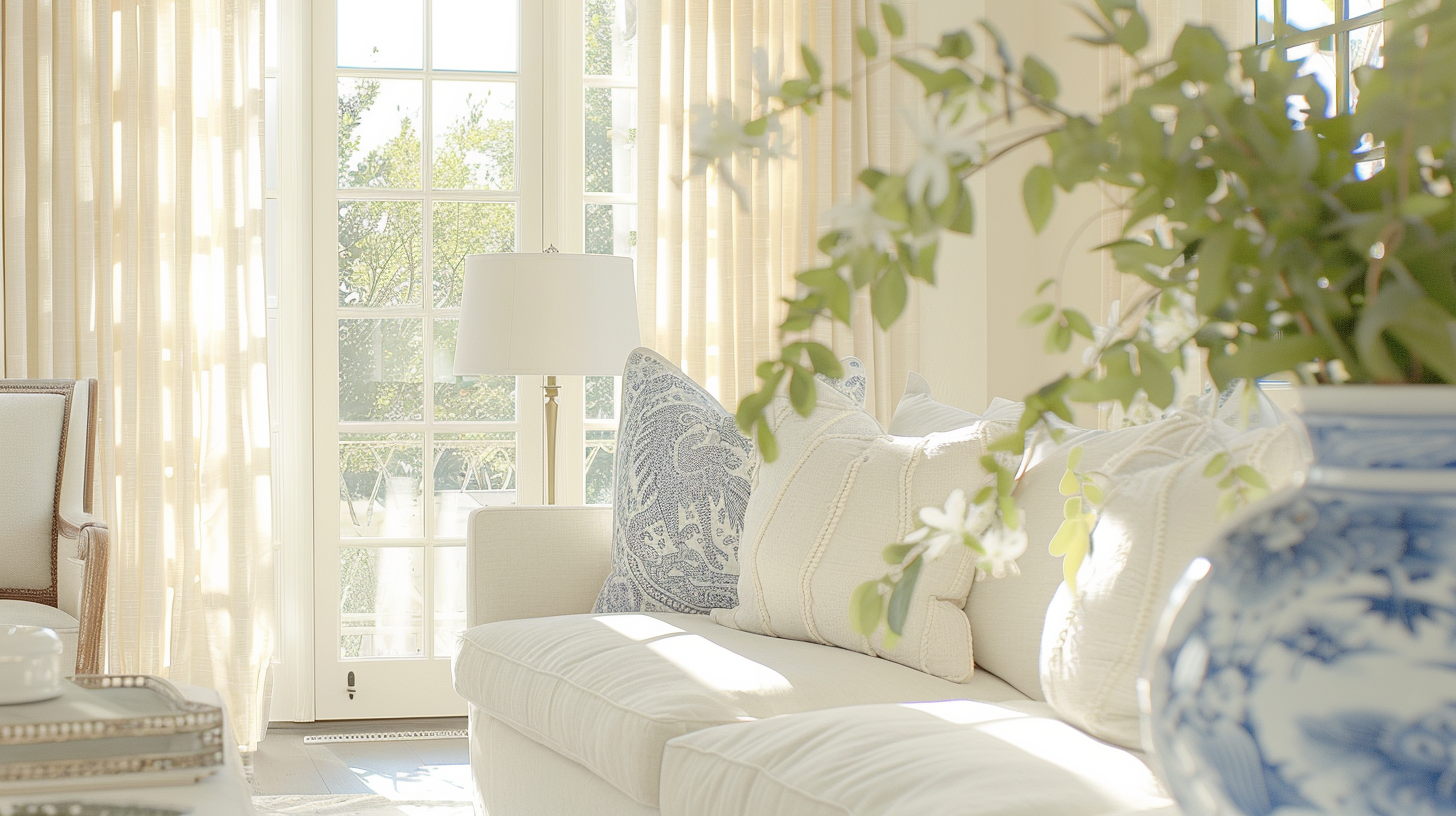Hospitality, at its core, is not about impressing—it’s about inviting.
It’s about creating an environment where people exhale when they walk through your door. Where conversations linger. Where laughter feels effortless. Where beauty and warmth are thoughtfully intertwined, not fussed over.
And as we grow into new seasons—when the house is quieter, and we finally have space to host on our terms—many of us rediscover a longing to gather again. Not in the way we once did for children’s birthday parties or big holiday meals, but in a slower, more intentional way.
This is where thoughtful design becomes your ally.
A Sense of Welcome Starts Before the Door Opens
When I help a client create a home for hosting, we begin not with furniture, but with feeling.
What do you want your guests to feel the moment they arrive?
That question leads us to choices like:
- A soft, inviting entryway bench that signals stay a while
- Lighting that flatters the space and the people in it
- A curated scent—perhaps fresh herbs or a subtle diffuser—that becomes part of your home’s signature
These elements speak before you do. They tell your guests that this is a place to be nourished—in body and in spirit.
Function Meets Atmosphere
A beautifully styled table is lovely, yes—but the ease of flow in your space matters just as much.
Do guests know where to set their coats? Can they pour a drink without needing direction? Is the music soft enough to let conversation float easily?
Design can smooth these unspoken details. A well-placed sideboard becomes a self-serve drink station. A bench tucked into the dining nook becomes extra seating or a cozy perch for longer chats. Even the way chairs are angled—encouraging openness instead of hierarchy—can influence how people connect.
One of my favorite transformations was for a client who wanted to host more Sunday suppers. We reimagined her formal dining room into a moody, inviting space where friends now linger hours past dessert. Hosting became a joy again—because her home was working with her, not against her.
Hosting with Heart
Meaningful gatherings don’t have to be elaborate. A quiet cup of tea with a neighbor. A spontaneous afternoon of charcuterie and storytelling. A book club that ends with a firepit and barefoot dancing in the grass.
These are the moments we’re really designing for.
So as you consider your next gathering—whether it’s for two or twelve—ask yourself:
What kind of memory do I want to create?
And what might need to shift in my home to make space for that?
Your home has the power to open doors—not just literally, but emotionally. If you’re ready to create a space that invites connection and feels like a true reflection of the way you want to gather, let’s dream it up together.
May 13, 2025
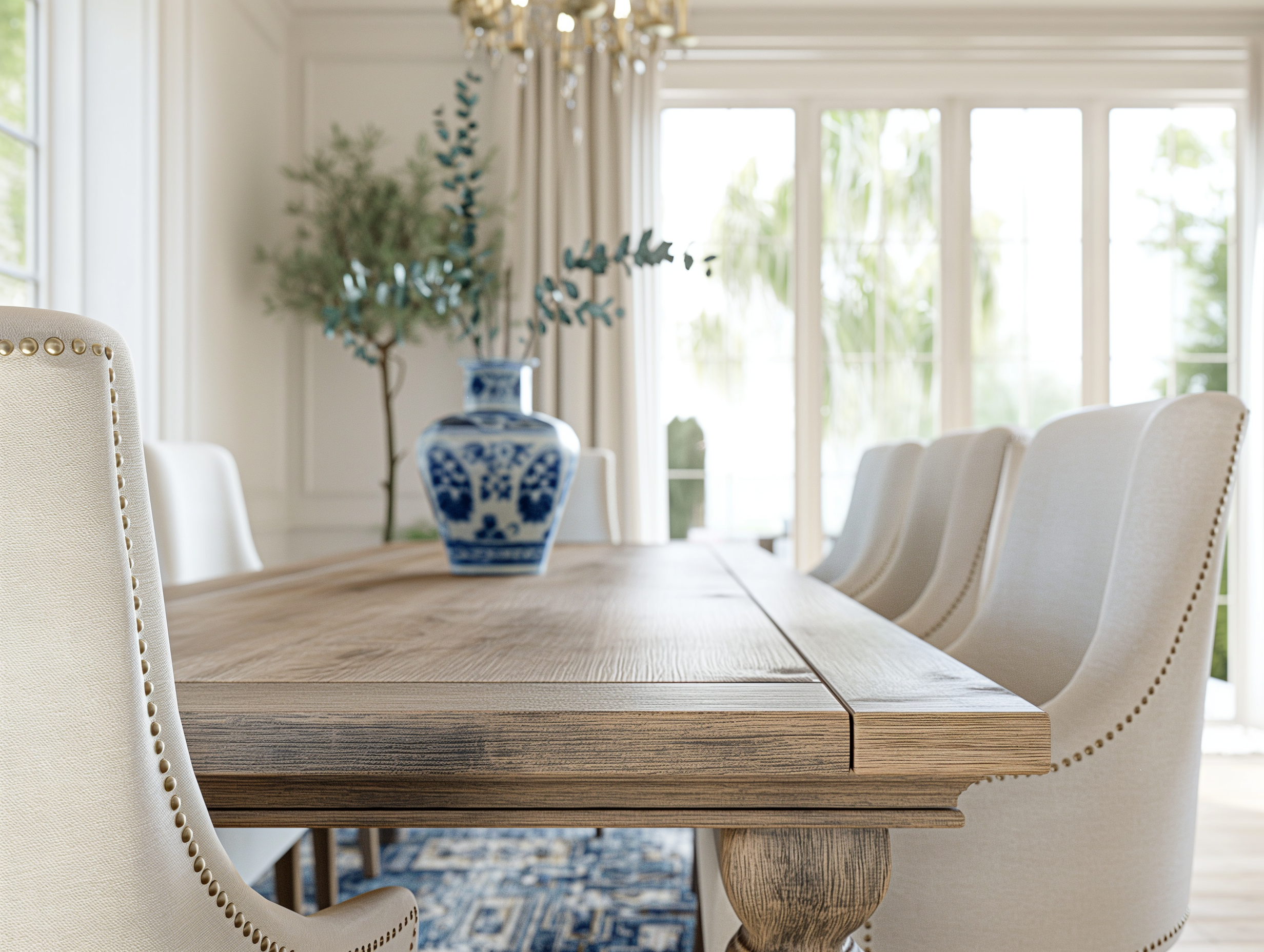
By Rachel Schemmerling|Timeless Living Designs
There’s something magical about the early days of May — a feeling that everything is waking up after a long winter’s rest. As the trees stretch out their newly green branches and the breeze carries a sweet, earthy scent, our spirits naturally lift. This is the perfect time to mirror nature’s energy in our own homes. I always encourage my clients to create spaces that don’t just follow trends, but instead feel alive, welcoming, and sustaining all year long. A spring refresh isn’t about tearing everything apart; it’s about thoughtfully layering in beauty, function, and a sense of renewal.
Start by inviting nature inside: open your windows wide, swap heavy winter textiles for lighter, breathable fabrics like linen, and display a simple vase of fresh flowers. Small changes like rotating your furniture to catch the morning light, editing surfaces for breathing room, and adding tactile elements — like a handwoven throw or a vintage ceramic bowl — can shift the entire mood of a space. Spring renewal is also the perfect moment to reassess your routines: could you carve out a cozy corner for journaling, meditation, or morning tea? In timeless living, I design not just for how a space looks, but for how it supports a slower, more intentional way of life.
Just as important as tending to our homes is nurturing our sense of community. Times of transition — even the hopeful ones — are easier and richer when we’re connected to others walking a similar path. That’s one of the reasons I created The Ginger Jar Society: a place where women can gather around beauty, tradition, creativity, and slow living. As we all step into this new season, may your home feel lighter, your spirit feel lifted, and your circle of connection continue to grow. Ask me about it if you’re interested in learning more.
5 Ways to Bring a Breath of Fresh Air Into Your Home and Life This Spring:
- Invite Fresh Air and Natural Light
Open the windows daily, pull back heavy curtains, and let the light and breeze energize your space and spirit. - Switch to Light, Breathable Fabrics
Swap out heavier throws, bedding, and pillows for linens, cottons, and softer neutrals that feel fresh and weightless. - Bring Nature Indoors
Add living plants, fresh flowers, or a small herb garden by your kitchen window to create a daily connection with the natural world. - Create a New Daily Ritual Space
Carve out a cozy, inspiring corner for journaling, tea, reading, or meditation — a small, beautiful moment just for you. - Clear the Energy by Refreshing and Editing
Gently declutter surfaces, rearrange furniture to flow with the light, and donate or rehome anything that feels heavy or stagnant.
April 28, 2025
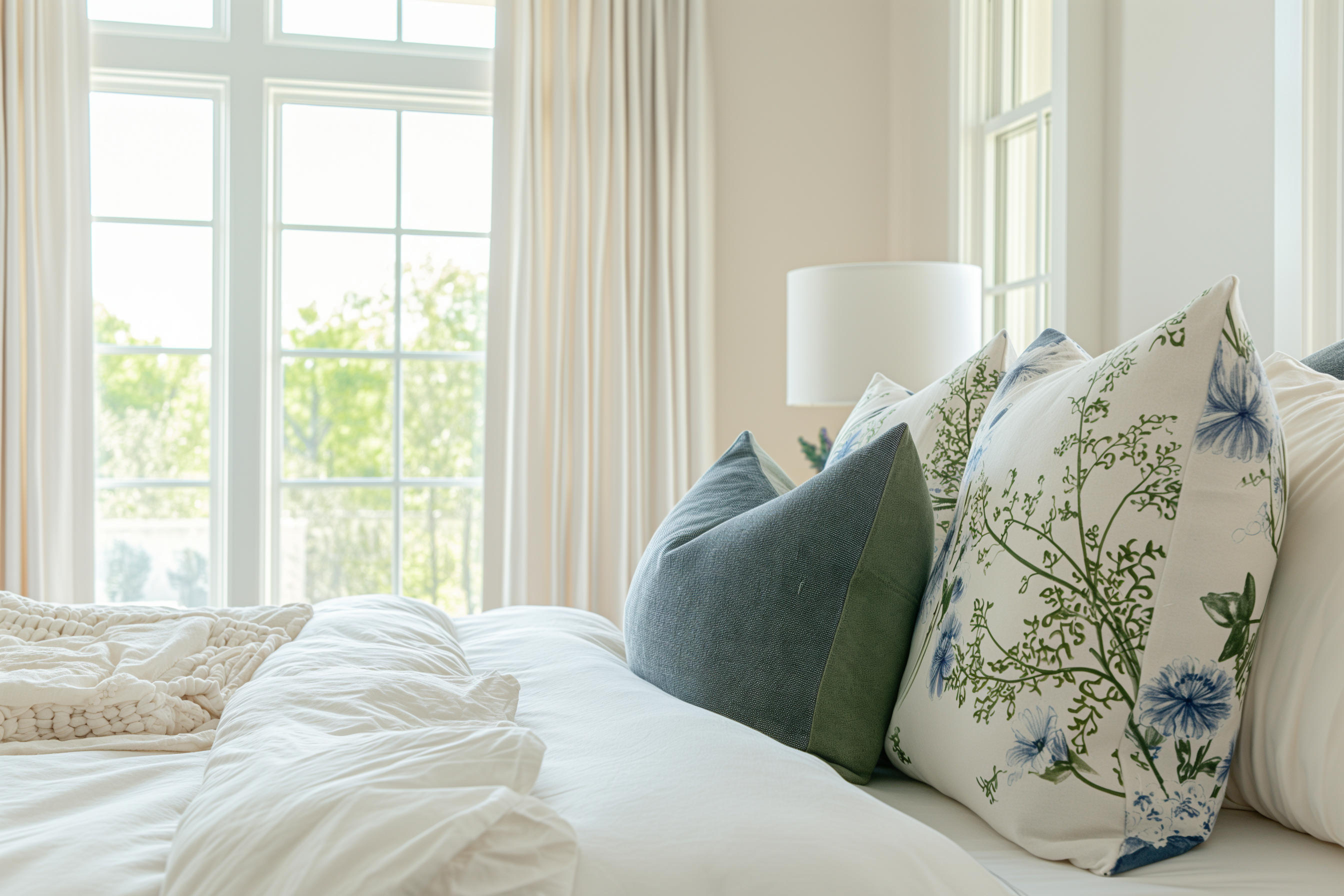
By Rachel Schemmerling|Timeless Living Designs Have you ever walked into a room that once brought you joy—maybe your living room, or even your bedroom—and felt a strange disconnect? Like something had shifted, but you couldn’t quite put your finger on it? This is how my client, Marianne, described her home when she first reached out […]
April 22, 2025

Because the world feels like too much — and your home shouldn’t.
By Rachel Schemmerling| Timeless Living Designs
Lately, it feels like the world is moving faster, getting louder, and demanding more from us than ever before. And if you’re anything like the women I work with, you’re feeling it in your bones. The exhaustion. The overstimulation. The subtle ache of needing… something softer.
The truth is, we can’t always control the chaos outside — but we can create peace, ritual, and beauty inside our homes.
And it starts small.
A corner. A chair. A candle.
A whispered permission to come back to yourself.
Here are 5 simple and meaningful ways to begin turning your home into a sanctuary — the kind your nervous system is quietly begging for.
1. Claim a Corner Just for You
You don’t need an entire room — you just need a spot.
Choose one place in your home that will become your soul’s soft landing. A cozy armchair, a sunny window ledge, even a small side table. This becomes your invitation to pause, breathe, and just be.
Make it yours. Add a pillow, a throw, a favorite book, or a journal. Let it say: “This is where I return to myself.”
2. Clear the Visual Noise
The mind absorbs what the eyes see — so if your space is cluttered, your energy will be too. Edit. Like a well written book, edit out the things you don’t need, the stuff that doesn’t make sense, the items you haven’t used and won’t use.
Start by gently removing anything in that area that doesn’t feel aligned with calm, beauty, or purpose. No shame. No pressure to be perfect. Just a little edit with a lot of intention.
Ask: “Does this belong in a healing space?”
If not, it can go.
3. Add a Daily Ritual Anchor
Rituals ground us when the world shakes.
Choose one meaningful action you can do in this space every day:
- Light a candle as you sip tea
- Pull an affirmation card each morning
- Write one sentence in a journal at night
These small, repeated acts send a powerful message to your body: You are safe here.
4. Invite in Soft, Soulful Beauty
Beauty isn’t frivolous — it’s medicine.
A linen napkin, a sprig of rosemary in a glass, your grandmother’s teacup, music playing low in the background… these little touches don’t cost much, but they change the energy of a space.
Let your surroundings reflect what your spirit craves: softness, elegance, nostalgia, nature.
5. Protect Your Time in This Space
Your sanctuary only works if you give yourself permission to use it.
Tell your family: “This is my corner to rest.”
Put your phone in another room. Light the candle even when no one else is home. Don’t wait for a better moment.
The world may still be bonkers outside — but this space is sacred.
You Deserve a Space That Heals
Your home can be more than just a place you pass through.
It can be your reminder that beauty still exists, that peace is possible, and that you are worthy of softness in a hard world.
If this speaks to you, I’d love for you to join me in my upcoming live workshop:
The Ginger Jar Life: How to Create Beauty, Ritual & Connection in Your Next Chapter
Together, we’ll go deeper into how to create a lifestyle that supports your healing, your desires, and your next season — starting with your home.
April 19, 2025
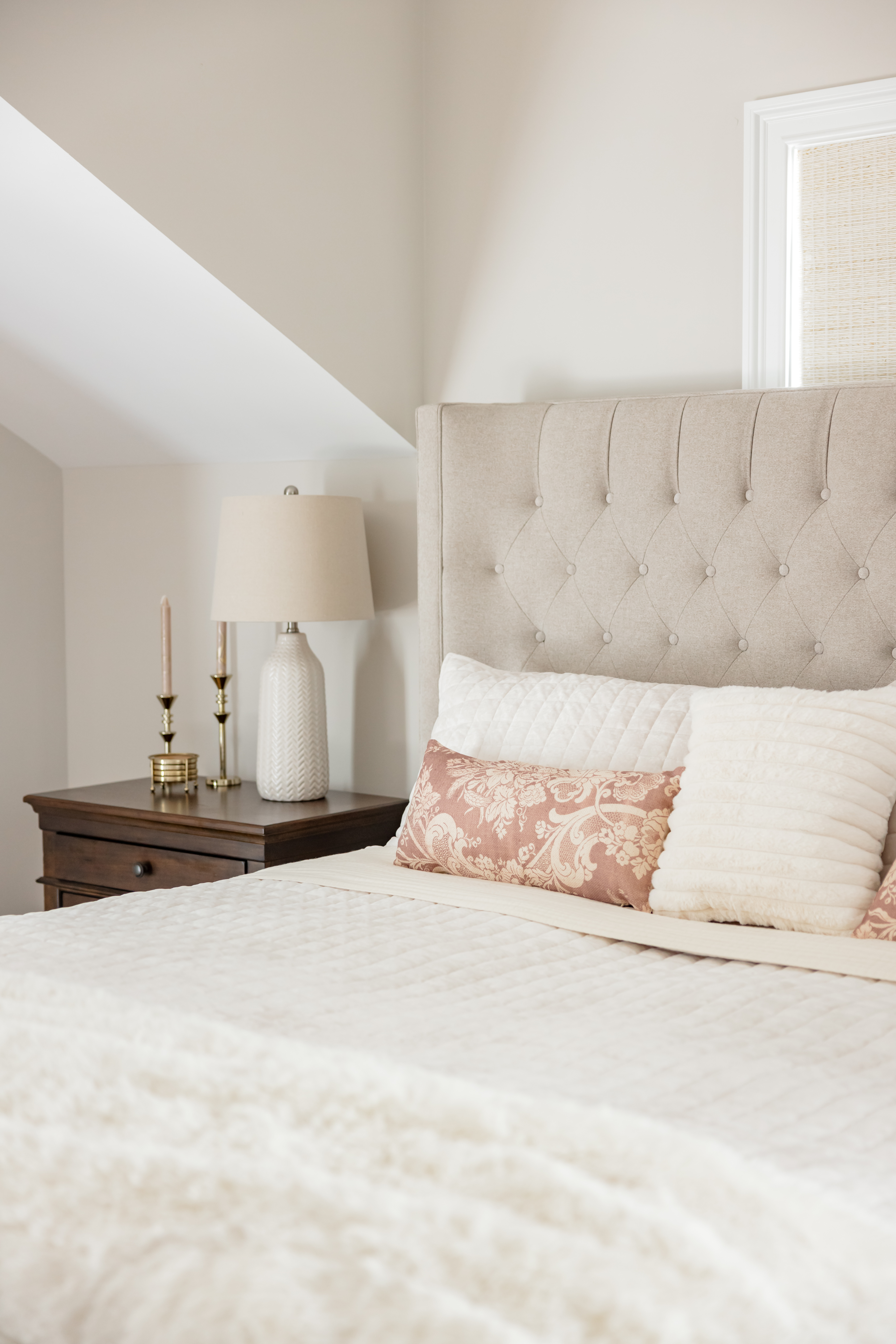
By Rachel Schemmerling| Timeless Living Designs As the blooms begin to unfold and spring sunshine peeks through our windows, we find ourselves in a sacred season of reflection, renewal, and reconnection. Whether you’re celebrating Easter, the conclusion of Passover, or simply the arrival of spring, this week invites us to gather—around the table, in spirit, […]
April 18, 2025
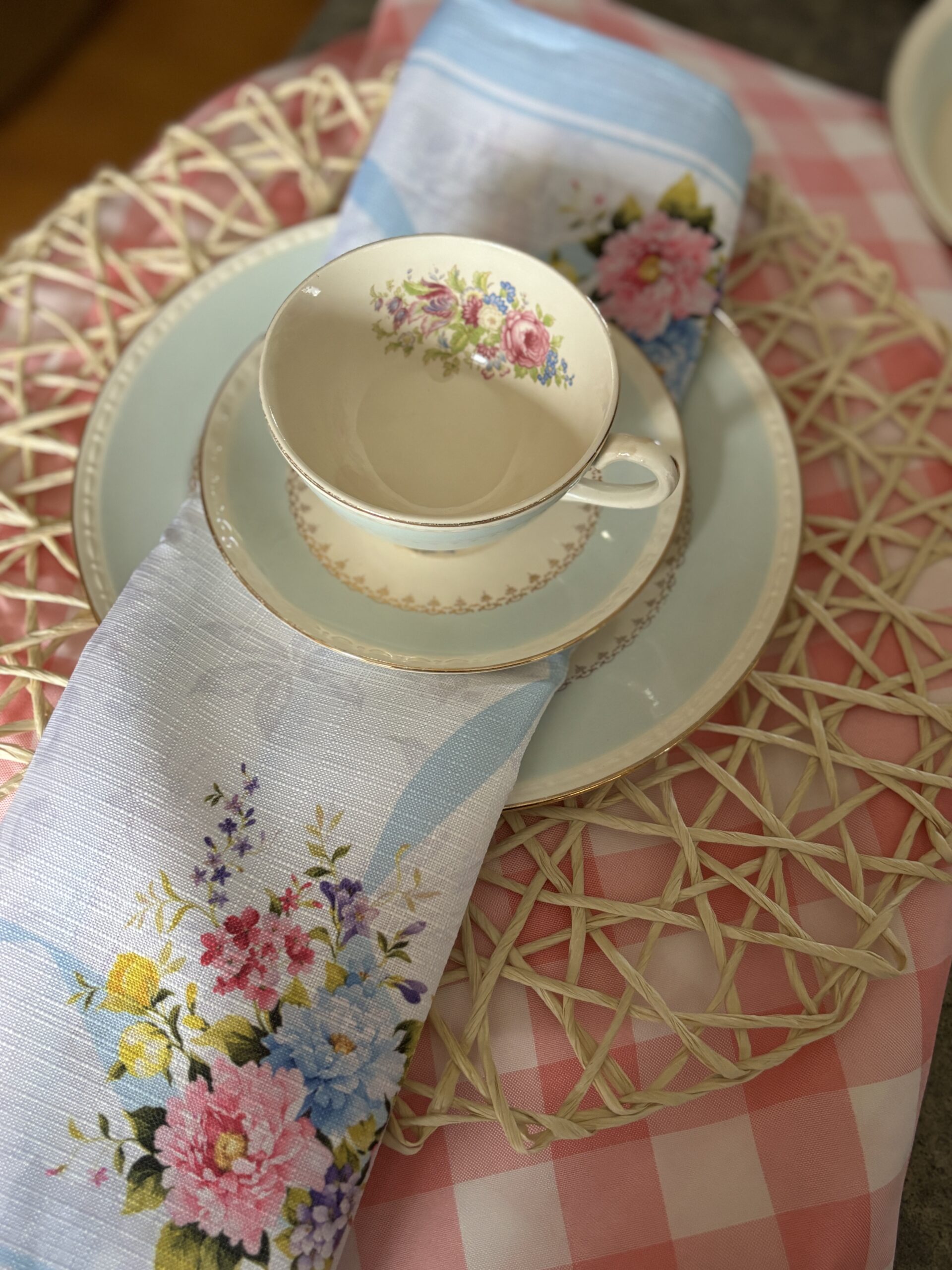
By Rachel Schemmerling/Timeless Living Designs
There’s a quiet power in slowing down and truly listening to what feels right. In a world that pushes us to move fast, buy quickly, and say yes without pause, choosing with intention becomes a radical act of self-trust. Whether it’s in the way we decorate a room, plan out what’s next, or decide what to say yes to in life — our choices shape our experience. And the most aligned ones don’t come from outside noise or trend reports… they come from within. The heart always knows. We just have to give it the space to speak.
I’ve learned that the same principles I use in wellness-centered interior design apply beautifully to life. When setting up a home, I encourage clients to consider not just how they want it to look — but how they want it to feel. Your home should reflect your story, your energy, and your essence. That doesn’t mean it needs to be filled with expensive things or perfectly styled. It means curating with care. Choose what you love, what holds meaning, what supports your peace. Because just like in life, when your home is full of “shoulds,” impulse buys, or things that don’t speak to you… it starts to feel like a space you don’t quite recognize.
That’s where the idea of intentional clutter comes in — a phrase I use often, and one I love. Clutter doesn’t have to be chaotic or meaningless. A stack of old books from your favorite antique shop, your grandmother’s dishes, handwritten notes, a collection of seashells — these things may be “clutter” in a minimalist’s eyes, but they carry your story. When things are chosen with heart, even the clutter feels grounding. The key is making sure your space isn’t overrun by what doesn’t belong — not just physically, but emotionally and energetically, too. Edit your decor. Edit your life. Decide what truly belongs and what doesn’t.
So, as we move into this season of renewal and gentle transformation, I invite you to pause before you choose. Whether it’s a new piece for your home, a shift in your career, or a change in your daily rhythm — let your heart weigh in first. Does it feel like you? Does it feel right? The most authentic, soul-nourishing life is one that’s chosen intentionally, one thoughtful “yes” at a time.
April 11, 2025
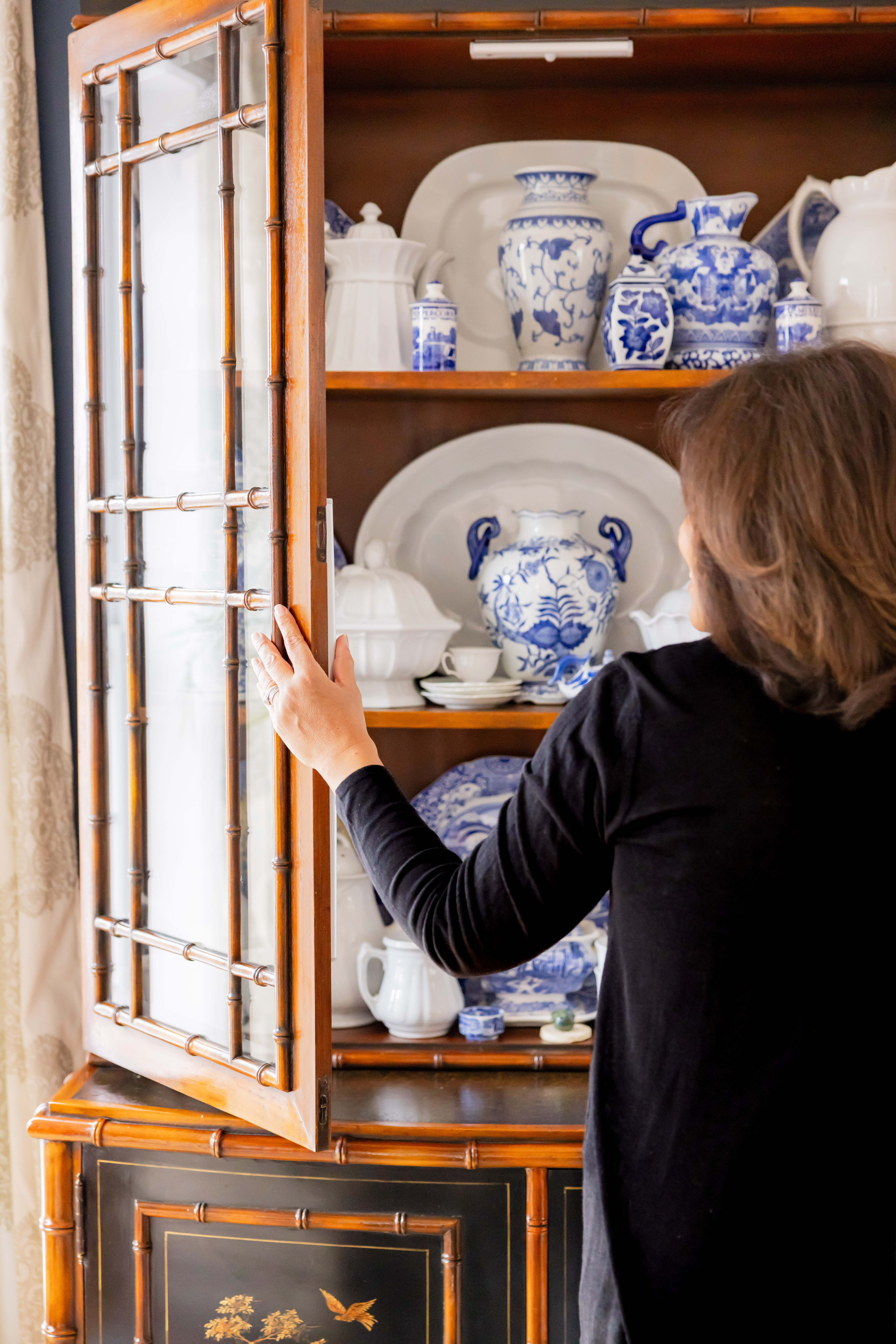
By Rachel Schemmerling, Timeless Living Designs Embracing Slow Living: Creating a Sanctuary in a World That Moves Too Fast Is life moving faster? Or just it does feel sometimes unbearably so. We’ve seen disasters shake our sense of security: the destruction nature can unleash, the horrors of 9/11, the isolation of a global pandemic, the […]
March 28, 2025

By Rachel Schemmerling, Timeless Living Designs
This time of year as spring unfolds, nature awakens with vibrant colors, fresh air, and I find I have a renewed sense of energy. The beauty of the outdoors has a profound effect on our well-being, and thoughtfully integrating natural elements into interior spaces can create a soothing, health-supporting environment. I think of spring as the actual start to the new year instead of January. Whatever you’re considering redesigning, nature-inspired materials, colors, and textures always offer a timeless approach to spaces that nourish both body and mind.
The Power of Nature in Interior Design
Bringing the outdoors in isn’t just about adding a few plants (though greenery is always a welcome touch!). It’s about curating an environment rich in natural materials, organic textures, and elements that evoke a sense of calm and rejuvenation. Here’s how:
- Natural Materials: Wood, stone, clay, and rattan bring warmth and authenticity to a space.
- Earthy Color Palettes: Soft greens, warm neutrals, sky blues, and deep terracottas mirror nature’s soothing hues.
- Biophilic Design: Large windows, nature-inspired artwork, and indoor water features foster a deeper connection to the outdoors.
- Textural Layers: Linen drapes, wool rugs, and handcrafted tiles add tactile comfort and depth, creating a sensory experience that enhances relaxation.
Seamless Indoor-Outdoor Living
Outdoor spaces are becoming an extension of the home, offering tranquility and a place to reconnect with nature. Thoughtful design choices can enhance the fluidity between indoor and outdoor areas:
- Patio & Deck Furnishings: Comfortable, stylish outdoor seating transforms patios into personal retreats.
- Tile Selections: Through our many tile showroom partnerships, we offer stunning, durable tiles and materials perfect for indoor-outdoor transitions, ensuring a cohesive and elegant aesthetic.
- Landscaping Integration: By collaborating with trusted landscaping professionals, we design outdoor spaces that enhance both residential exteriors and business storefronts.
Create the Lifestyle You Dream Of
Your home or business should be a reflection of what brings you peace, inspiration, and joy. At Timeless Living Designs, we specialize in crafting spaces that align with your lifestyle, embracing the beauty of nature and the principles of timeless, mindful living. Whether you’re seeking to transform your interiors, curate a serene outdoor retreat, or seamlessly blend both, we’re here to help bring your vision to life.
Let’s create a space that nurtures your well-being and invites nature’s harmony into your everyday life. Reach out to explore how we can craft a sanctuary tailored just for you.
March 2, 2025

By Rachel Schemmerling Timeless Living Designs Living WellYour Home Environment Matters When it comes to living a healthy lifestyle, we often focus on diet and exercise. While these are certainly important factors, they’re not the only ones that contribute to our overall well-being. The truth is, the environment in which we live can also have […]
February 2, 2025

